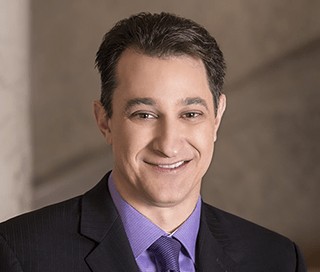


Two of the leading candidates for Idaho governor are critical of Gov. Butch Otter’s management of state spending since tax revenues started to rebound following the recession. The third candidate, the current lieutenant governor, says spending increases and tax cuts should have been prioritized better.
Right before the recession, Idaho’s general fund budget was $2.95 billion. After tax collections collapsed during the economic downturn, state general fund spending dropped in 2011 to a low of $2.38 billion. Since then, the state budget has been on a steady climb up, to $3.45 billion.
The astonishing spending growth illustrates the disconnect between fiscal conservatives and Otter. During the recession years, Otter smartly cut state spending (instead of raising taxes, as Gov. Dirk Kempthorne did during the 2002-2003 recession). However, since then, Otter has hiked state agency budgets at a faster clip than the economy has grown.
Further, there’s a dirty little secret about Idaho’s budget: Though it is true that the state general fund cratered after the housing bubble broke, total state spending did not decline. Infusions of federal funds and non-tax revenue (like fees) filled in the gaps created by serious declines in revenue from state income and sales taxes.
In response to an IFF question about state spending, gubernatorial candidate U.S. Rep. Raul Labrador replied, “without question, Idaho’s government is growing too fast” and spending should be cut. Boise businessman and candidate Tommy Ahlquist agreed; he noted, “government shouldn’t grow faster than our citizens’ paychecks” and spending caps should be imposed. In contrast, Lt. Gov. Brad Little agreed with Otter’s view: General fund budgets that were decreased during the recession years should be replenished. Little asserted, state officials “made difficult cuts to state government, and promised to backfill these cuts as soon as economic conditions improved, with education taking first priority.”
Labrador declared, had he been governor instead of Otter, he would have capped spending to less than the growth in the economy, at two or three percent a year. He touted his record in Congress as proof that he’s serious about spending cuts: “As governor, in my first year I will direct every agency to cut their base budget by 5 percent, or justify why they can’t. Cutting costs, finding better, less expensive ways to conduct business and examining existing programs to make sure they constitute the proper role of government will be the ongoing objective for every member of my administration.”
Ahlquist responded to IFF, there’s still plenty of room to cut waste in government. He wrote, Idaho’s existing state spending cap doesn’t work: “That is why I have a plan to reform Idaho's cap on government spending, which has been rendered useless over the years, that will put in place an actual cap that prohibits government spending from growing faster than personal income growth. … We must eliminate wasteful government spending and ensure that we are bringing efficiencies to state government that stretch our tax dollars further and provide the capacity to fund critical priorities such as education."
Little, on the other hand, said the state is among the fastest growing population-wise in the nation and lauded the governor for his education reform task force, a panel whose policy proposals have gobbled up much of the rebounded revenues. Had he been governor during the post-recession years, Little said he would have done more to prioritize tax relief, “particularly focusing on lowering Idaho's income and unemployment tax rates as our economy picked up and surpluses came in.” He added, the state needs to bring healthcare and corrections spending under control.
For much of his campaign for governor, Little has been caught between tapping Otter’s loyal fan base while trying to appeal to fiscally-conservative voters, and on most questions posed to him, that’s how Little runs his plays. When it comes to state spending, there’s not a lot of daylight the lieutenant governor and Otter.
Labrador and Ahlquist, perhaps, are sending another message. Their messages suggest Idahoans could reap the benefits of a frugal state government.

